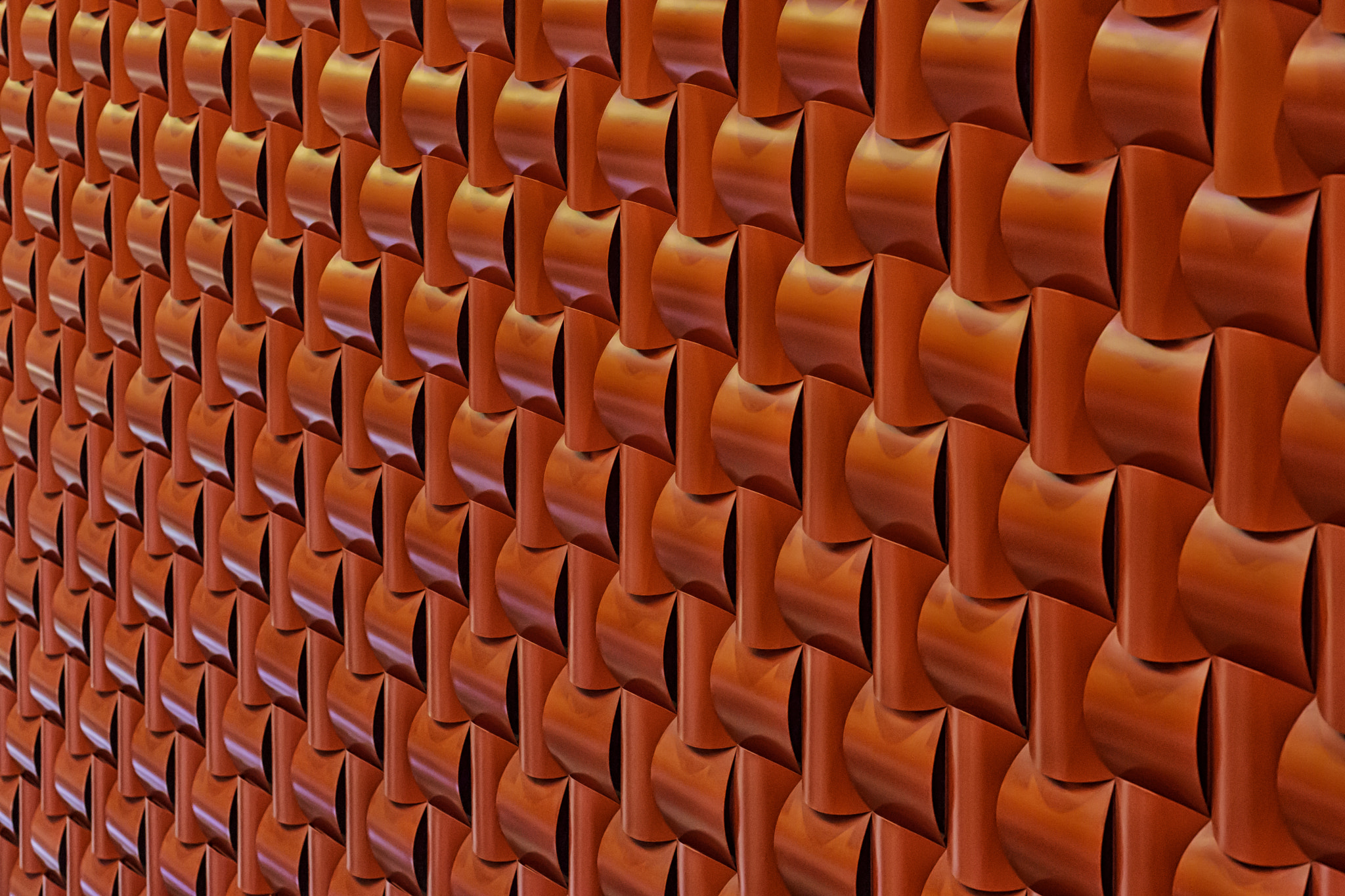Understanding how to blend and revive acrylics is crucial for every painter using this dynamic medium
Acrylics dry quickly and can become unusable if not handled properly
But with the right techniques, you can extend their life and achieve the exact consistency and color you need for your work
First, pick out the foundational tones you’ll need on your palette
To preserve color purity, opt for a sterile palette or a fresh sheet of plastic

Acrylics are highly pigmented—start tiny and build up slowly to avoid waste
A knife provides smoother blends and minimizes air exposure, slowing the drying process
To lighten a color, use white acrylic, but be aware that it can mute other colors if overused
Instead of black, deepen shades with their color opposites to retain richness
A hint of green mixed into crimson enhances its intensity without crushing its glow
Reviving hardened acrylic is achievable—particularly when it’s contained in a tube or remains on a palette
If the paint has formed a skin on top, carefully peel it away and discard it
Then, add a few drops of water to the remaining paint and stir gently with a palette knife or clean brush
Let it sit for a few minutes to allow the water to penetrate
Over-diluting breaks down the polymer binder, causing flaking and faded pigment
Keep adding water sparingly—each small addition brings you closer to the perfect viscosity
Distilled water is preferable because it lacks impurities that can affect the paint's quality
Place the entire palette in an airtight box with a damp cloth and leave it for several hours or overnight
Over time, the trapped moisture reactivates the pigment and binder
This revival technique shines with professional-grade pigments but often fails with budget formulations loaded with extenders
If you need fluidity without sacrificing body, avoid overwatering
Flow improvers reduce surface tension while maintaining paint integrity and adhesion
It reduces surface tension without weakening the paint film
Storage is key to preventing unnecessary drying
Keep your palette sealed with plastic wrap or use a stay wet palette with a damp sponge and sheet of parchment paper
Store tubes in a cool, dry place and cap them tightly after use
If a tube dries out, cut it open and scrape out the remaining paint to use in your next session
With proper mixing and rehydration techniques, site (https://online-learning-initiative.org/wiki/index.php/How_To_Restore_Paint_Shine_With_Acrylic_Gloss_Medium) you can save money, reduce waste, and maintain consistent results in your artwork
These paints offer flexibility, but only reward those who observe their behavior closely
When you learn their chemistry, you unlock deeper mastery—tailoring paint consistency to match any technique or aesthetic

